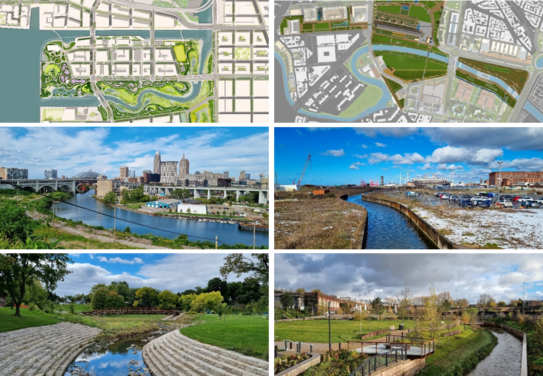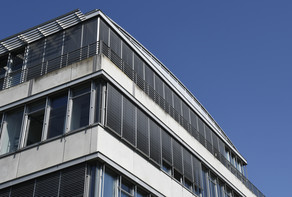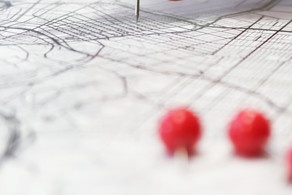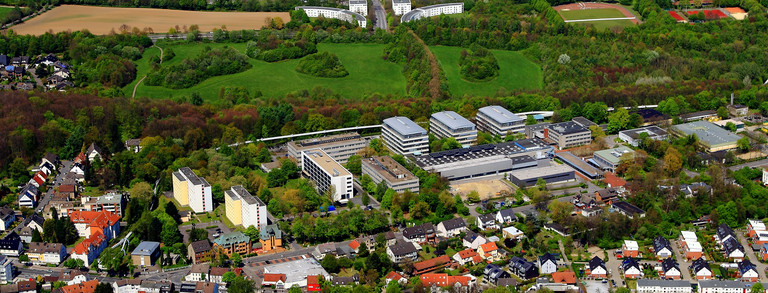Urban River Regeneration - Evidence from international comparative research on old-industrial regions

In this study a combination of a survey and case studies serves to answer the central question of what approaches to river restoration exist in old-industrial regions.
In the Ruhr region of western Germany, the "Emscher conversion" project has significantly improved the water quality and ecological condition of the Emscher river system, creating an attractive green-blue infrastructure. The next challenge is to leverage these achievements for regional development and to enhance the quality of life in the region beyond the ecological gains. To support this, the project explores successful examples of river restoration in old-industrial city-regions globally, focusing on their potential to inspire urban regeneration in similar contexts.
Old-industrial regions face dual challenges: the socio-economic consequences of deindustrialization—such as job losses and migration—and severe environmental degradation caused by industrial activities. Historically, rivers in these areas supported industrial operations and urban growth but were heavily modified and polluted. The project’s "Urban-River Regeneration" approach seeks to address these intertwined socio-economic and ecological challenges by combining urban regeneration strategies with river restoration efforts.
The project involves two key components: (1) building a global database of old-industrial city-regions with river restoration initiatives and (2) compiling case studies of successful urban-river regeneration projects. The database includes 511 old-industrial city-regions worldwide, representing over 386 million residents and 1,349 urban watercourses. Criteria for inclusion are old-industrial legacy, urban settings with over 50,000 residents, and watercourses with moderate to poor ecological status. Examples span regions in Europe (e.g. the United Kingdom, Germany, Italy), North America (e.g. Ohio, Pennsylvania) and Japan.
The case studies focus on inspiring examples of neighborhood revitalization through blue infrastructure, aiming to highlight transferable lessons rather than providing a one-size-fits-all solution. Good practice examples are evaluated based on observable results, sustainability, and adaptability to other contexts. For each selected case, standardized two-page information sheets summarize key details, including project duration, type of intervention, and outcomes, alongside maps, illustrations, and references.
By integrating strategy research frameworks—examining context, process, and content—the project provides a deeper understanding of urban-river regeneration processes. This systematic approach offers insights into how river restoration can drive urban renewal, foster ecological recovery, and improve quality of life in old-industrial city-regions worldwide.
Contact:
Duration: 01.10.2022 - 31.03.2026



